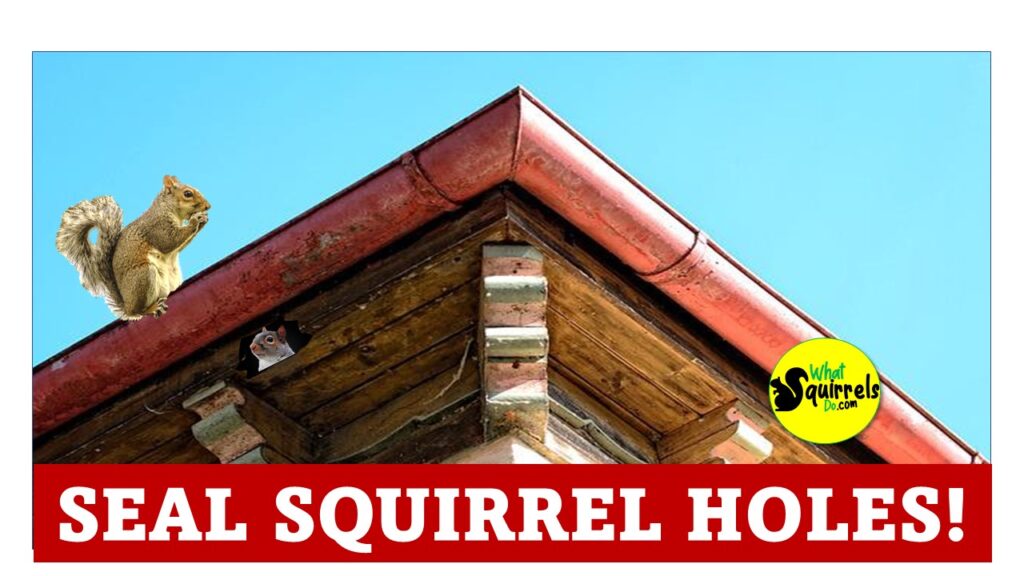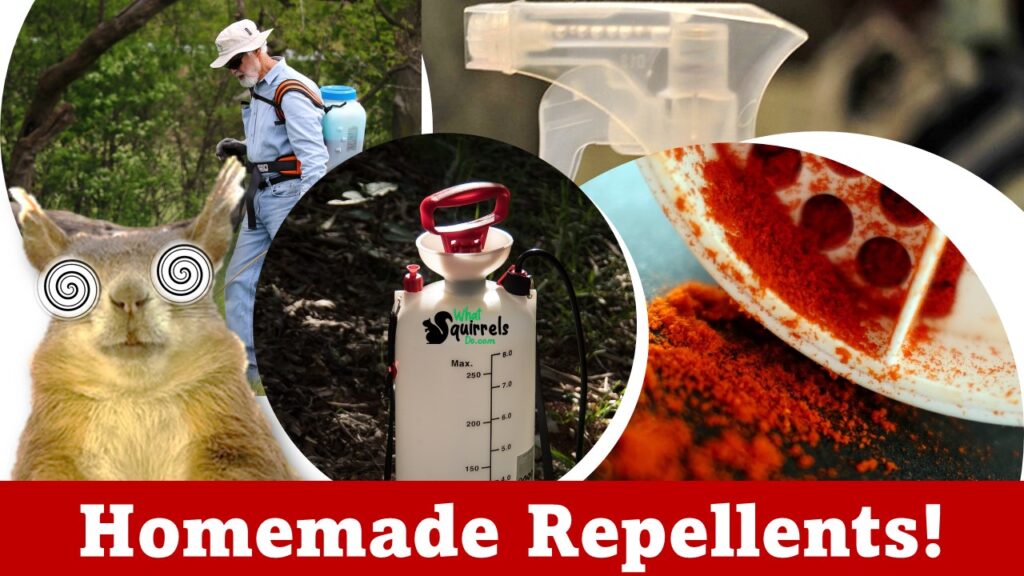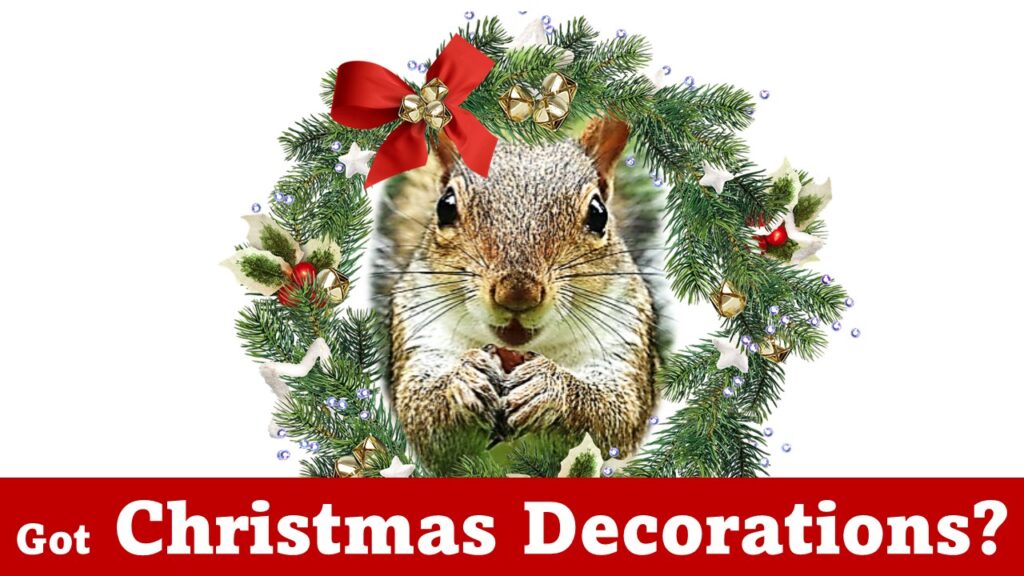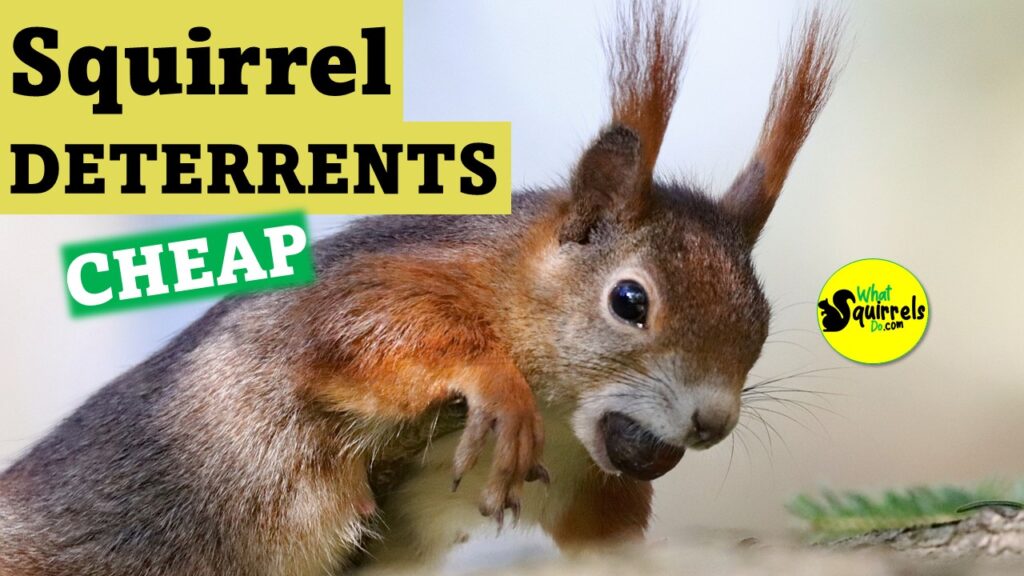Squirrels chew patio furniture for very specific reasons. If you notice them chewing your outdoor cushions, they are either gathering material for a tree nest, or looking for a place to store food for easy retrieval.
When squirrels are destroying wood, wicker or plastic resin furniture, there is a small chance it’s for their nest, but far more likely to be teeth grooming behavior.
On rare occasion, squirrels may actually be eating your wood, which tends to be the case with bamboo or certain oil conditioners.
No matter the reason, here is exactly how I’ve been able to keep squirrels from chewing my patio furniture:
Table of Contents - Click to Open
Outdoor Cushions
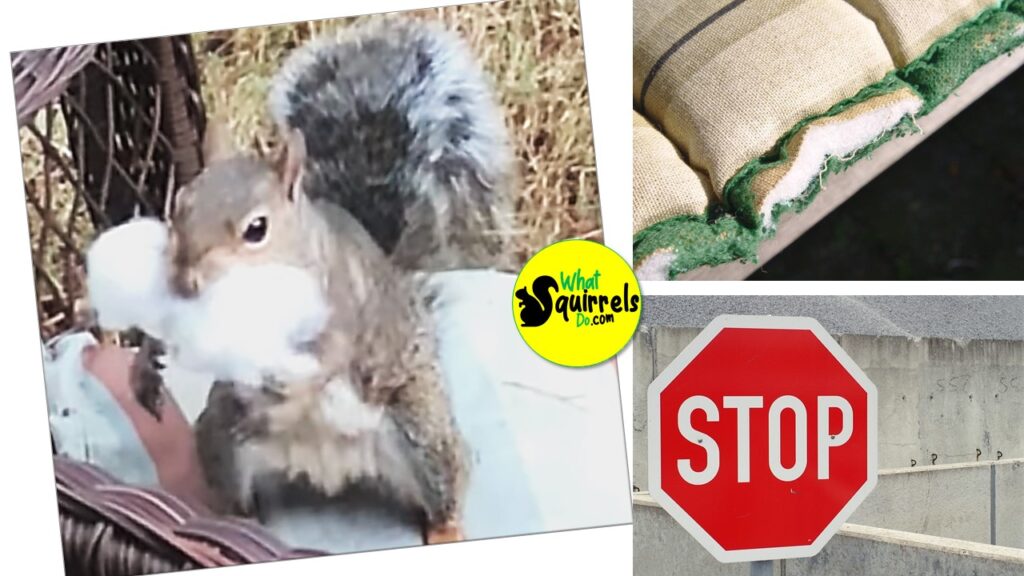
Squirrels tear up outdoor patio cushions because they know there is foam or batting inside. It’s a skill that’s been passed down through generations and once they know; they know.
For cushions that have an opening
If your cushions have a zipper or button opening, that was money well-spent! For you, it will be easy keep squirrels from chewing.
Supplies Needed
- Dryer Sheets – Choose from Lavender, Mint, or Basil scented dryer sheets
Lavender is easiest to find and makes your patio smell amazing. But it could confuse and attract bees. I personally don’t see an increase of bees, but be sure to test a sheet by placing it inside of a wide mouth jar, lid off and see if you notice an increase in bee activity.
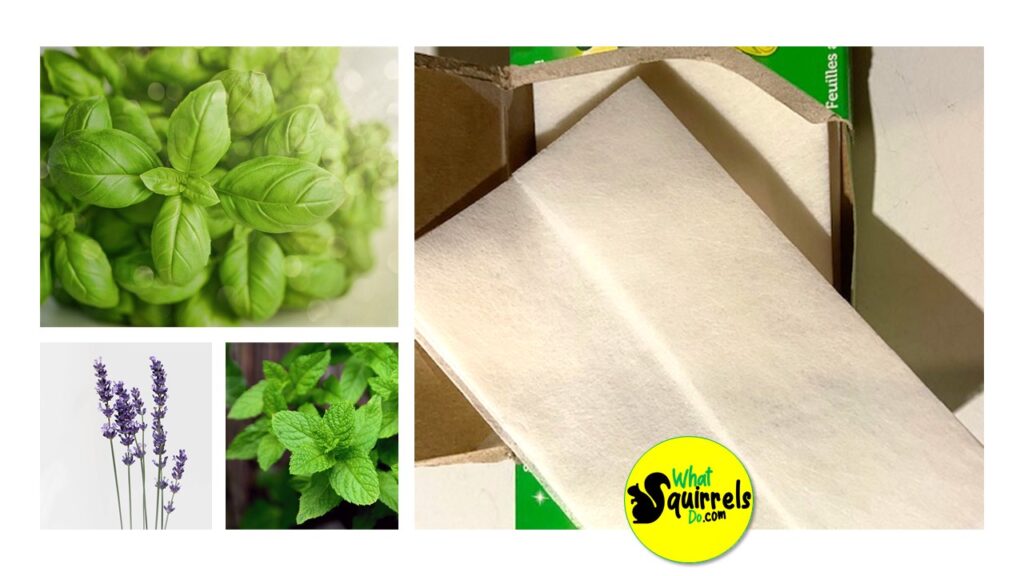
Mint and Basil also smell great, but can be difficult to find in your local stores. Luckily, they can be found online.
Instructions
- Determine quantity needed – for seat cushions you’ll need 10 dryer sheets per cushion. So if you have an outdoor sofa with 3 seat cushions (3 x10=30) you’ll need 30 dryer sheets.
- Open Cushions – unzip or unbutton the cushions to expose the inside. Don’t remove the foam or batting.
- Insert dryer sheets – Start at the furthest point and work your way out. Install 1 dryer sheet at each corner, 1 dryer sheet between each corner, 1 dryer sheet on the top of the seat, and 1 dryer sheet on the bottom of the seat.
- Close and Repeat – Close up the cushion opening and repeat steps 1-3 for every cushion.
IMPORTANT TIP: Make sure the dryer sheets lay flat. This provides the best coverage to deter the squirrels and prevents a wrinkled look.
Cushions without a zipper
Most patio furniture cushions are completely closed which means you’ll have no access to the foam or batting. For this style, we’ll need to use the spray and inject technique.
Supplies Needed
- One Essential Oil – Choose Peppermint, Eucalyptus or Tea Tree
- Disposable Syringes – 1-2 ml capacity with 18 gauge or smaller needle.
- Distilled Water & Spray Bottle (optional but recommended) – 1 Quart or larger
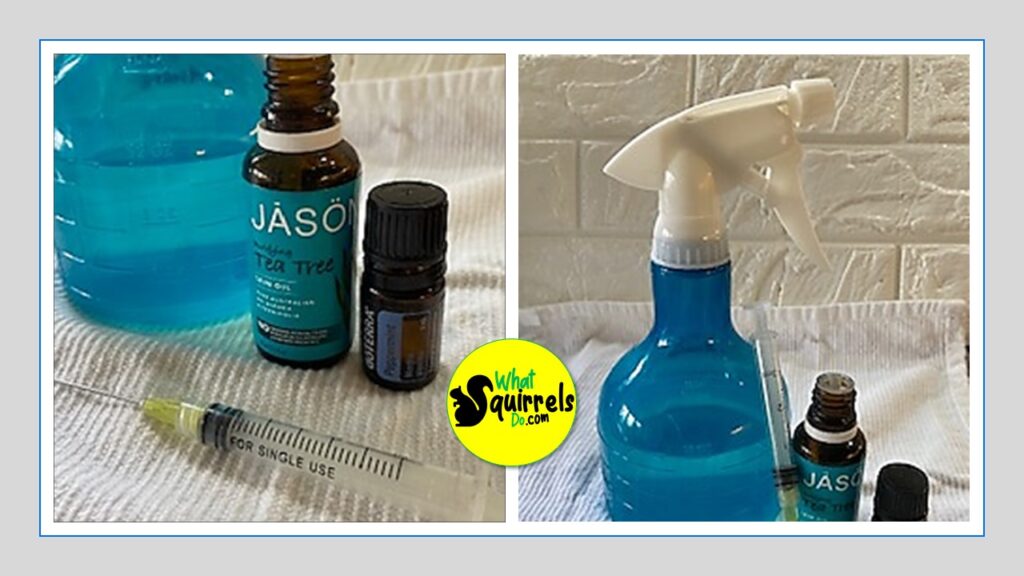
Any of the above oils will work, but avoid eucalyptus and tea tree if you have pets. In that case, peppermint is best. If you’re willing to to take the extra step of making a spray, distilled water is a must for keeping our solution mildew-resistant.
Instructions
Prepare – Have a sturdy table outside to gather your essential oil, syringe and optional spray bottle and distilled water.
Build the Syringe – Open the syringe and attach the drawing needle, ensuring it’s nice and tight.
Fill Syringe – Uncap the essential oil and keep the bottom of the bottle, flat on the table. With the plunger down, insert the drawing tube into the center hole of the essential oil. Pull the plunger up and draw up about 1ml of oil.
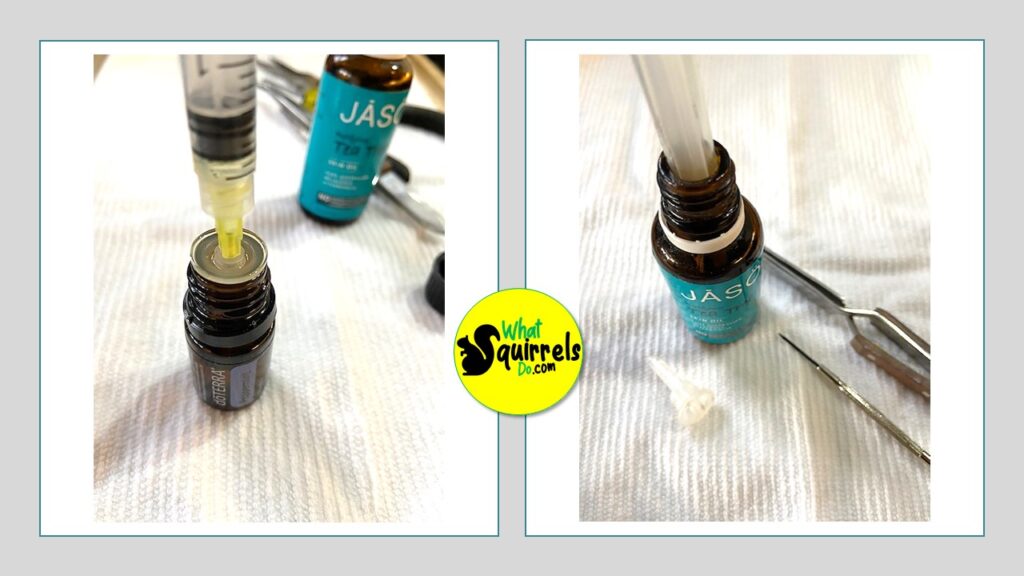
TIP – if the bottle isn’t full, you might have to remove the plastic stopper and then insert the syringe until it reaches the oil.
Inject Cushions – Poke the needle at lease 1/2″ into the cushions and inject 1 tiny drop of essential oil. Do this at every corner and then every 6 inches. Pay special attention to areas where a squirrel can easily grab the fabric.
For extra protection especially if this has been an ongoing problem, go ahead and make this spray.

Make the Cushion Spray – Fill a spray bottle with 1 quart of distilled water, then add 10-12 drops of essential oil.
Mix – Shake well, you’ll need to do this every time
Apply – Spritz the cushions every few days to train the squirrels to keep away.
The goal is to make the filling completely distasteful to a squirrel so it’s important to think like a squirrel and pay attention to where they are most likely to start chewing.
Once they get a taste, they will generally back off and look elsewhere.
IMPORTANT TIP: A little goes a long way. Resist the urge to overuse the essential oils.
Wicker, Wood, or Plastic Furniture Bases
There are a few different reasons why squirrels chew on the solid parts of patio furniture.
- Teething – Squirrels have elodont incisors which is a fancy way of saying that their teeth never stop growing. To prevent teeth from growing into their nostrils, squirrels often chew on wood and plastics.
- Nest Material – When dry leaves are scarce, wicker can help reinforce nests. Squirrels often use wicker, fabric and strips of grill covers. If you see big pieces of wicker missing, that’s probably what’s happening.
- Food Source – If your patio furniture is bamboo, or has been conditioned with great tasting oils, hungry squirrels will go for it, especially when food is scarce.
If you like having squirrels around, but just want them to stop chewing up your outdoor décor, a lot could be solved by giving them something better to chew on. All squirrels would rather chew an antler than your patio furniture. If you’re willing to attach one to a fence post, you’ll create a win/win.
Regardless of the reason for squirrels chewing up your wood, plastic, or wicker furniture, the cure is the same. You’ll simply spray down the furniture with one of these two sprays:
Spray 1 – for Light colored furniture
If squirrels are destroying picnic tables or outdoor furniture made of light, natural wood, white resin plastic or white wicker for example, we want to use something that smells good to us, but offensive to squirrels. On the other hand, we don’t want to stain our light colored furniture in the process.
Here is a non-staining spray for keeping squirrels off woods and plastics.
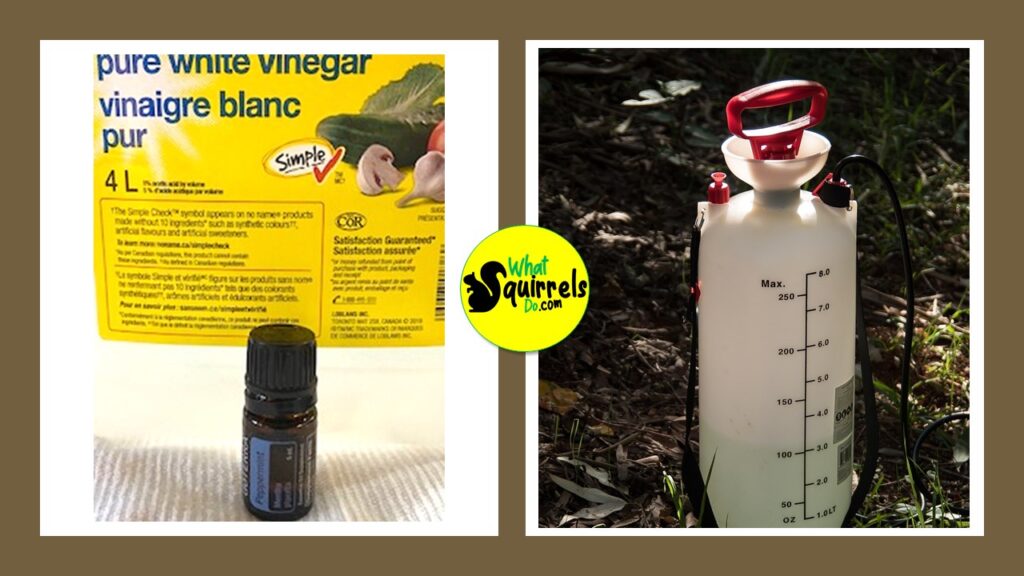
Supplies
- 1 Empty Garden Sprayer
- 1 Gallon Distilled Water
- 1 Cup White Vinegar
- 10 drops Essential Oil (optional)
- 1 Tablespoon Dish Soap
Instructions
Make the base – Open the garden sprayer and pour in the distilled water, vinegar, and essential oil if using.
Mix – Shake this well to combine.
Add Dish Soap – Now add the 1 Tablespoon of dish soap and gently stir, making sure to avoid foamy bubbles.
Apply – Take your outdoor furniture to an open spot in the yard and spray down your furniture.
Dry – Allow the furniture to drip-dry, then put it back on your patio.
Rinse the area – Use a garden hose and rinse the grassy area where you applied the spray. This will help dilute the run-off and prevent any potential grass discoloration.
I much prefer adding essential oils because it beautifies the smell during the application process. Don’t get me wrong, the vinegar smell won’t last once the furniture is dry. But the peppermint is pleasant and will linger around the patio for days.
IMPORTANT: Avoid plant and grass damage! Do not add more vinegar. Keep the formula under 10% acidic. 1 gallon distilled water to 1 cup vinegar is 6.25% acidic (1 gallon = 16 cups).
Spray 2 – For Dark Furniture or When Nothing has Worked
Using this homemade liquid recipe, take the wood, resin, or wicker furniture to an area of your yard where kids and pets won’t be playing.
Use a garden sprayer to saturate the furniture base. Allow it to drip dry and they return the furniture to your patio. Rinse down the yard to dilute the liquid.
If you want to use Spray #1 on your dark furniture, it is perfectly fine. The reason we suggest using the pepper recipe is because it is highly effective, lasts longer and there is no danger of staining your furniture.
There you have it, easy and effective ways to stop squirrels from chewing up your patio furniture. Remember to reapply after heavy rains and at the beginning of each season. Soon enough, the squirrels will move on to easier treasures…like your neighbor’s brand new, untreated sectional.

